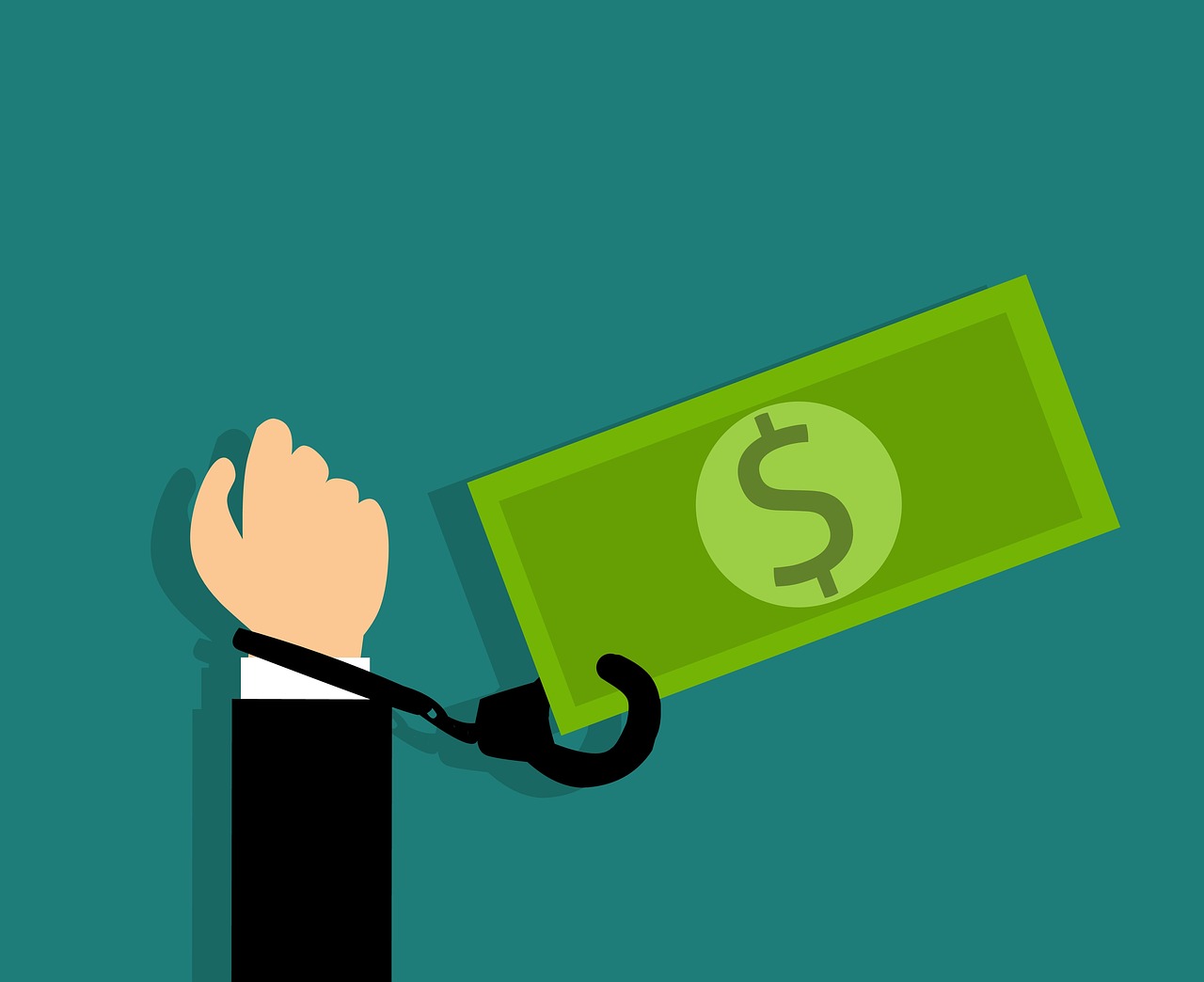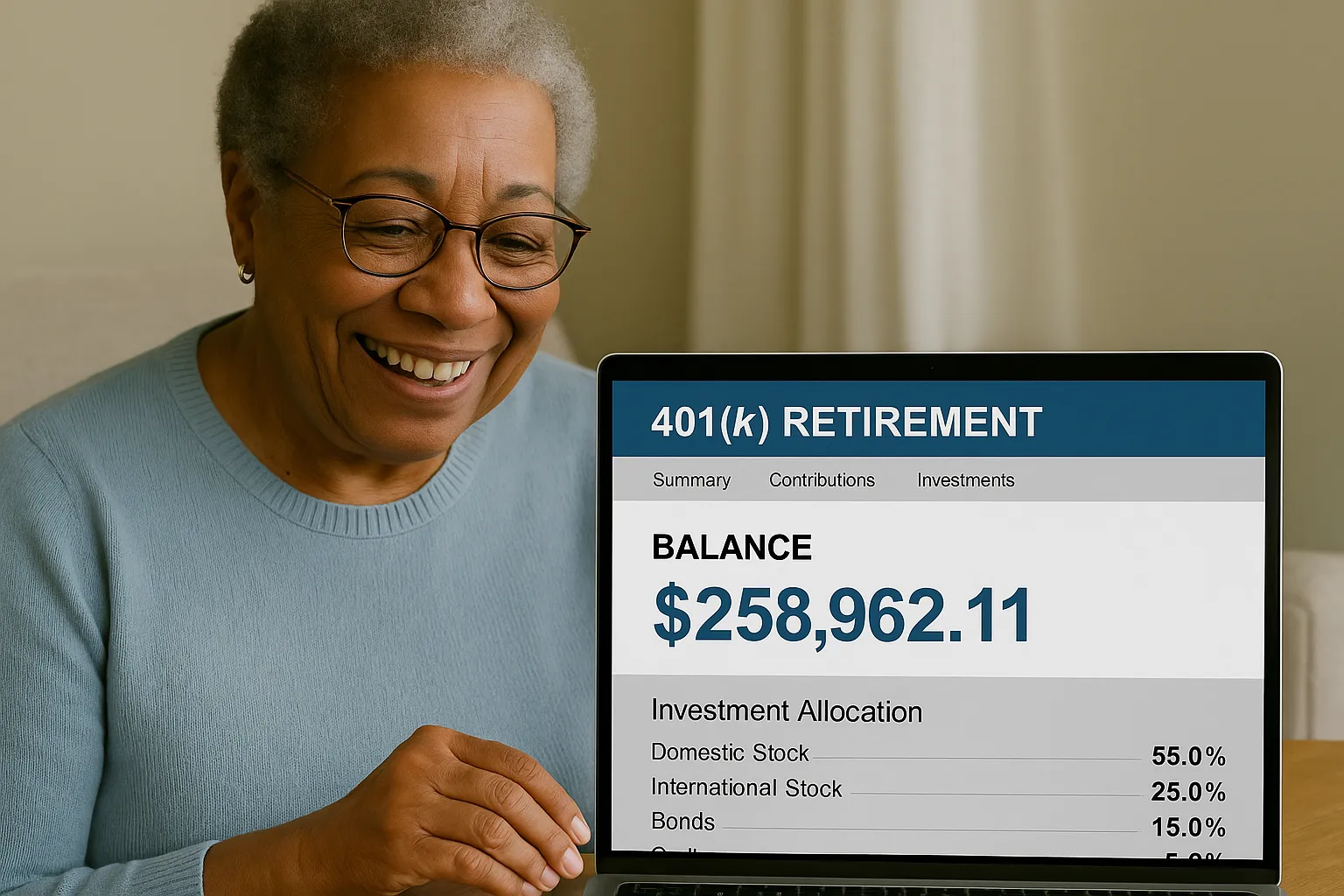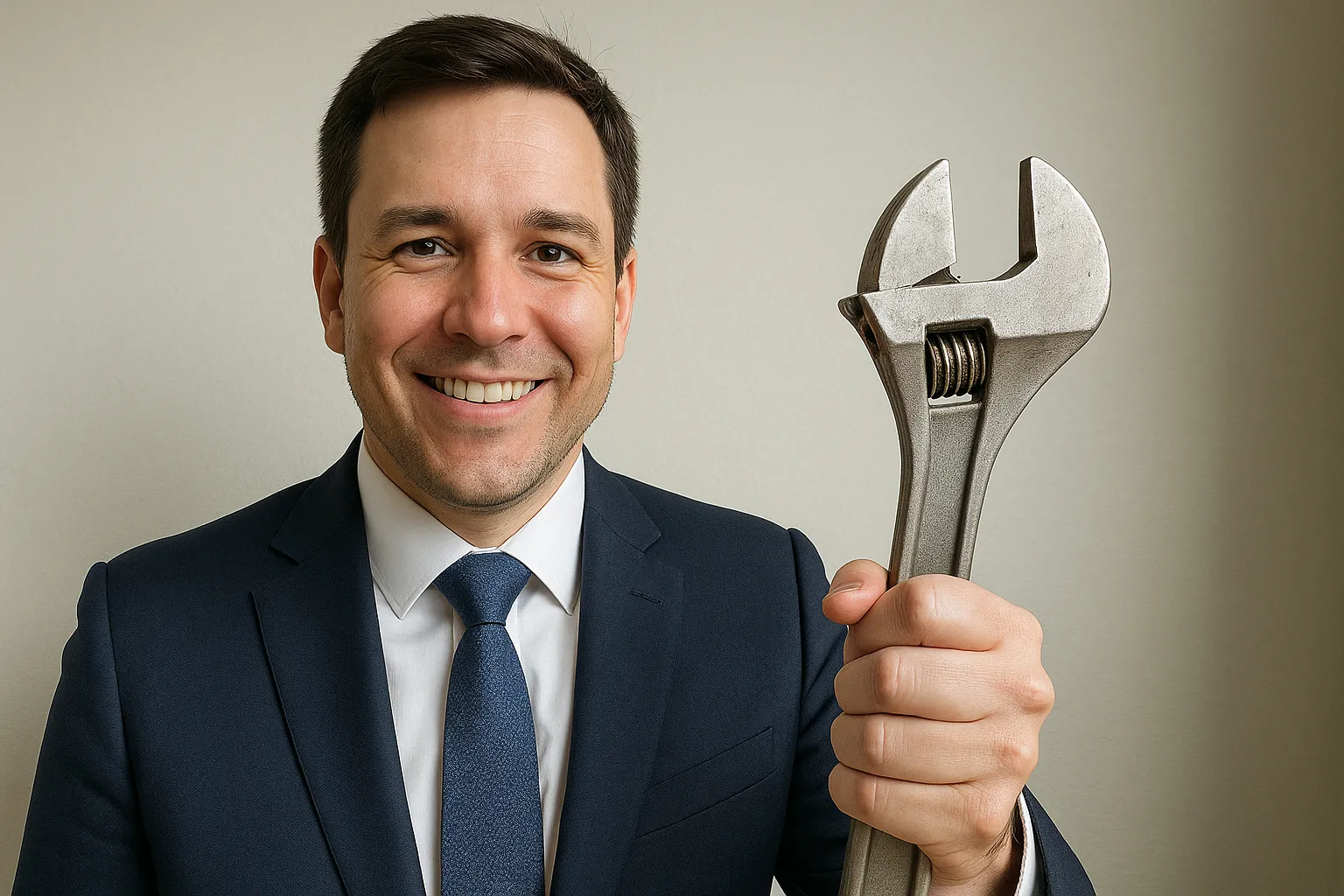By: Pamela Martinez, JBS Corp.
Debt is the bane of our existence. To understand debt, we have to understand how the Federal Reserve (“The Fed”), The United States central bank, operates and the money creation process. By law, banks must only hold 10% of the funds deposited into accounts and can loan out the remaining 90%. The borrower can opt to place the money in the same or a different bank; this bank also keeps 10% and loans out 90%, and the cycle continues. Because banks create money when people borrow, most of the money in existence is a debt owed; therefore, one can think of money simply as a form of debt… to be paid back sometime in the future with interest.
For a further dive into the money creation process, check out the Zeitgeist: Addendum documentary.
WARNING: This is a very long, and slightly confusing documentary, diving into the world of new money, “The Fractional Reserve Banking System.” Some of you will like it, some of you will not, but the more you learn, the more you earn!
Everyone has debt. Major purchases are made with debt. Governments around the globe are in debt; in the U.S our national debt is $24.22 trillion and rapidly climbing in this COVID-19 environment.
Babies are born with a clean slate—they owe nothing and are given everything. But life gets more expensive with age. Your 18th birthday is your inauguration into adulthood and the world of acquiring debt. The thrill of buying a first car and the ambition of achieving higher education are typically our first taste of debt and, unfortunately, are among the ones that stick with us the longest. It can take an individual up to 30 years to pay off their student loan debt; a recent Forbes article revealed that student loan debt in the U.S. is $1.6 trillion, and the average debt per borrower is $32,731.
It only gets worse from here; at this vulnerable stage, young adults are the perfect prey for predatory lenders. Retail stores are the most rapacious; cashiers are granted a commission for every store credit card account they open, and these cards also carry the highest interest rates—the silent enemy. We’ve all been there, aimlessly shopping around our favorite store and when we make it to the check-out counter, the cashier says, “would you like to apply to our store credit card and receive 15% off your purchase today?”. The 15% off alone is typically enough conjure up a “yes”—mistake number one. And with little understanding of how debt works—because it’s not something we are taught in school—we begin to spend more than we can afford and accumulate high-interest debt—mistake number two. With these mistakes, we are unknowingly impacting our credit score (we’ll dive deeper into this next week), and unfortunately, we don’t realize these mistakes until it’s too late.
After accumulating the self-indulgent debt of our early 20s, our lives progress, and we move onto acquiring more significant liabilities. Before we know it, we’ll be in too much debt to retire, too much debt to leave the job we dislike, and don’t be fooled into thinking that debt will disappear, 73% of Americans die with debt.
A look into Behavioral finance can give us a deeper understanding of why we find ourselves in debt. Behavioral finance is the pipeline that links psychology and economics; it analyzes the psychological impact and biases in human behavior relative to how we use our money. When it comes to spending, we inherently make irrational decisions, think we know best, and often lack self-control. Being in an unstable financial situation can negatively impact our mental health, which we then try to solve by indulging in a little retail therapy and getting further into debt!
Everything previously mentioned sets us up with the mentality that debt is money, which causes us to blur the lines between our checking account and our credit line. Our credit lines are substantially higher than the average dollar amount in our checking account, creating the illusion that we have more money leading us to irrational spending habits. We then find ourselves in the never-ending cycle of making minimum payments while acquiring more debt.
Luckily, we’re in the practice of building good habits, and our articles provide ample resources for your journey to financial success. If you are struggling with debt repayment, use our tool discussed in Snowball Methodarticle.
We may be born debt-free, but if we let it, it will follow us to our graves.




